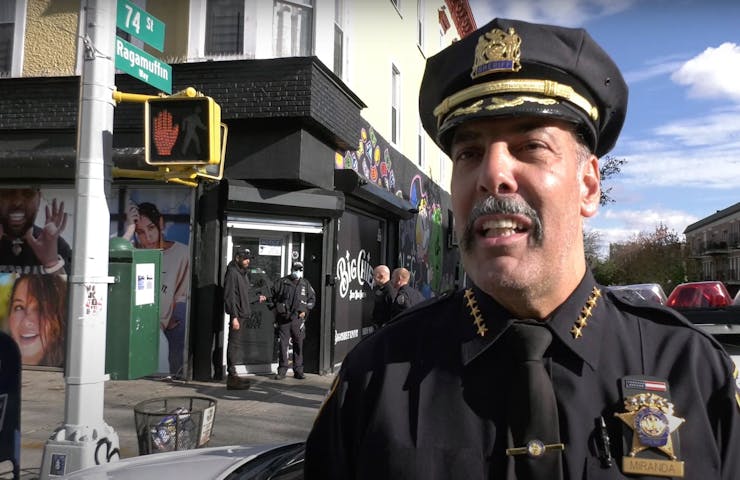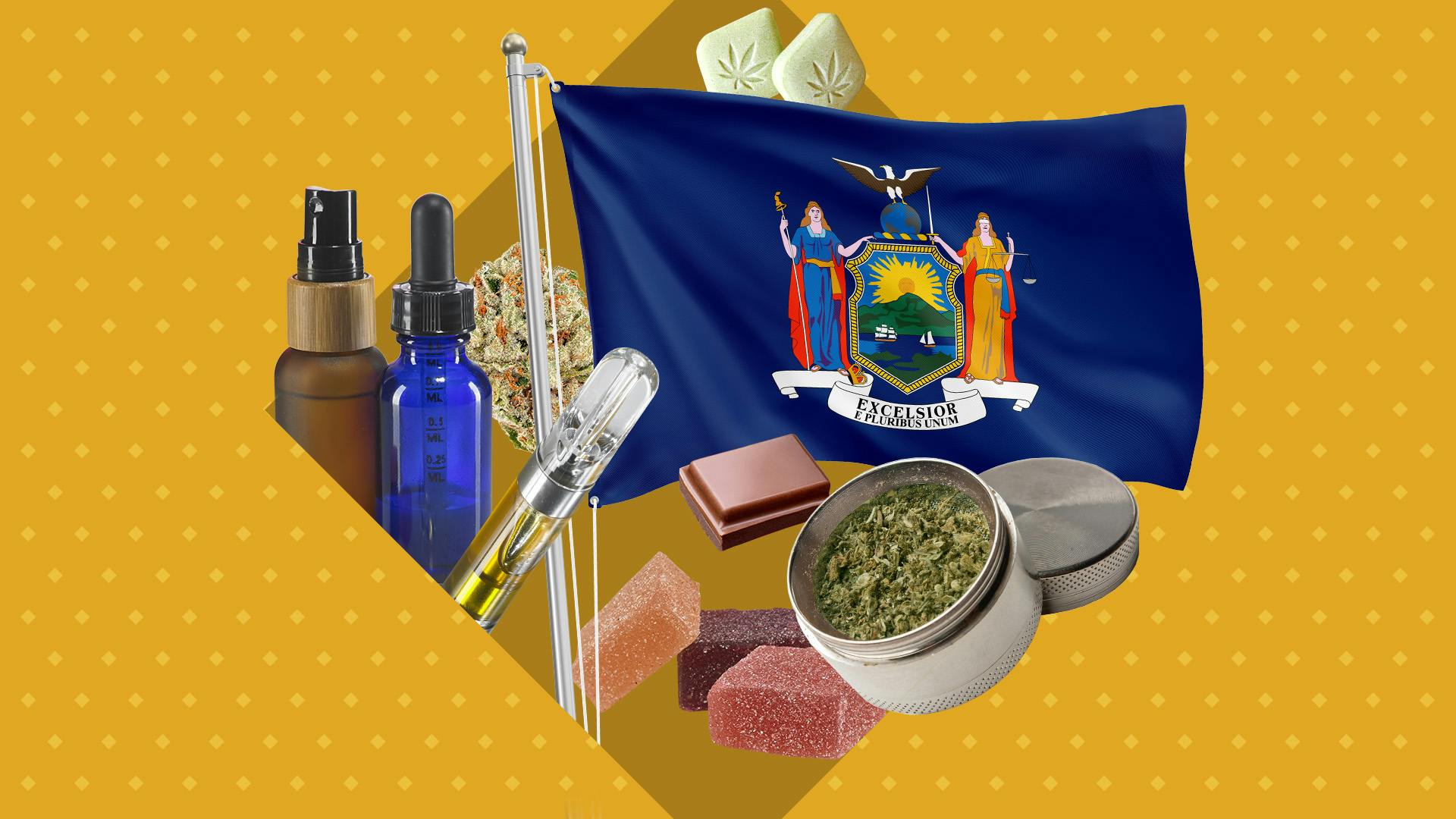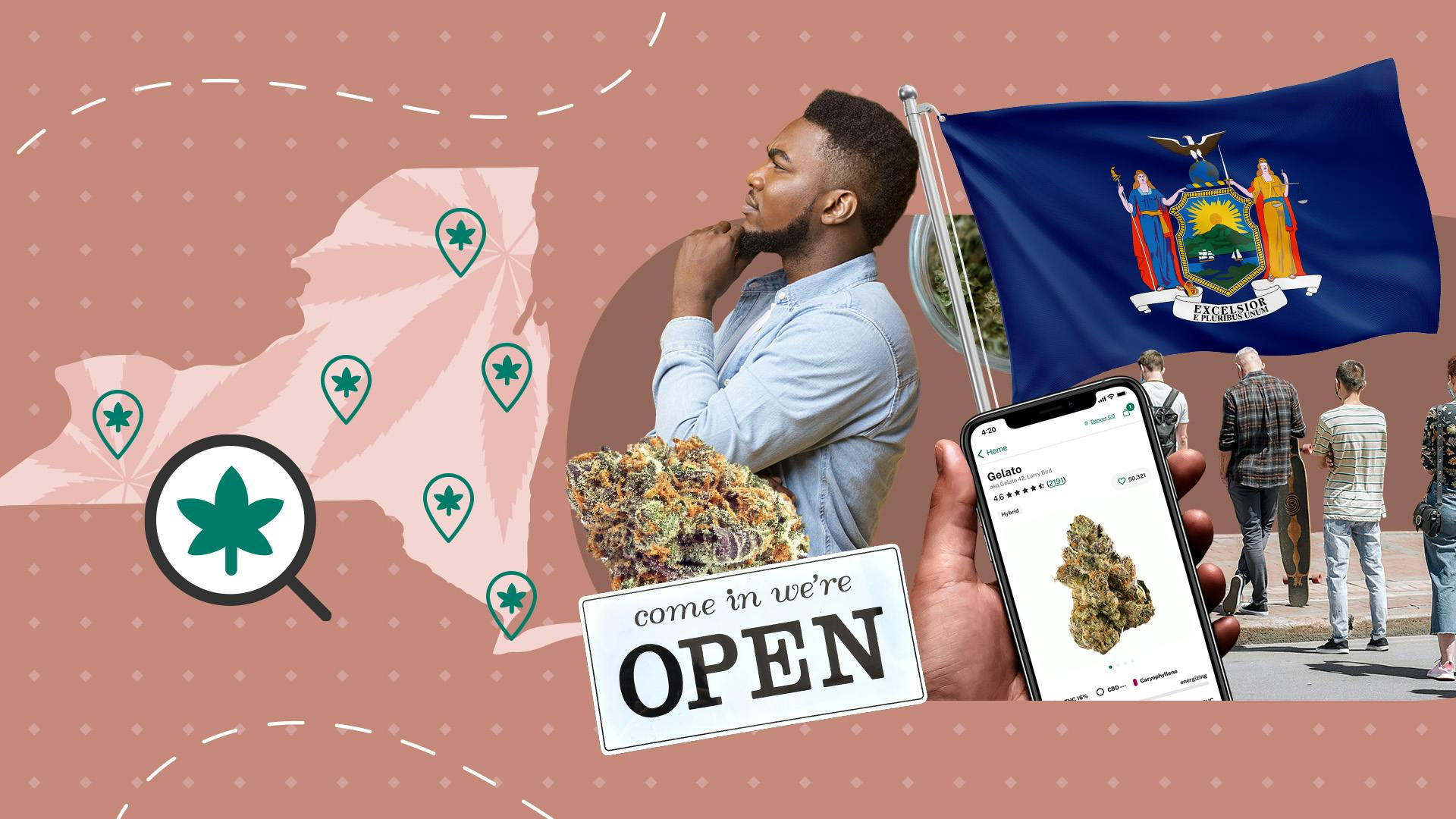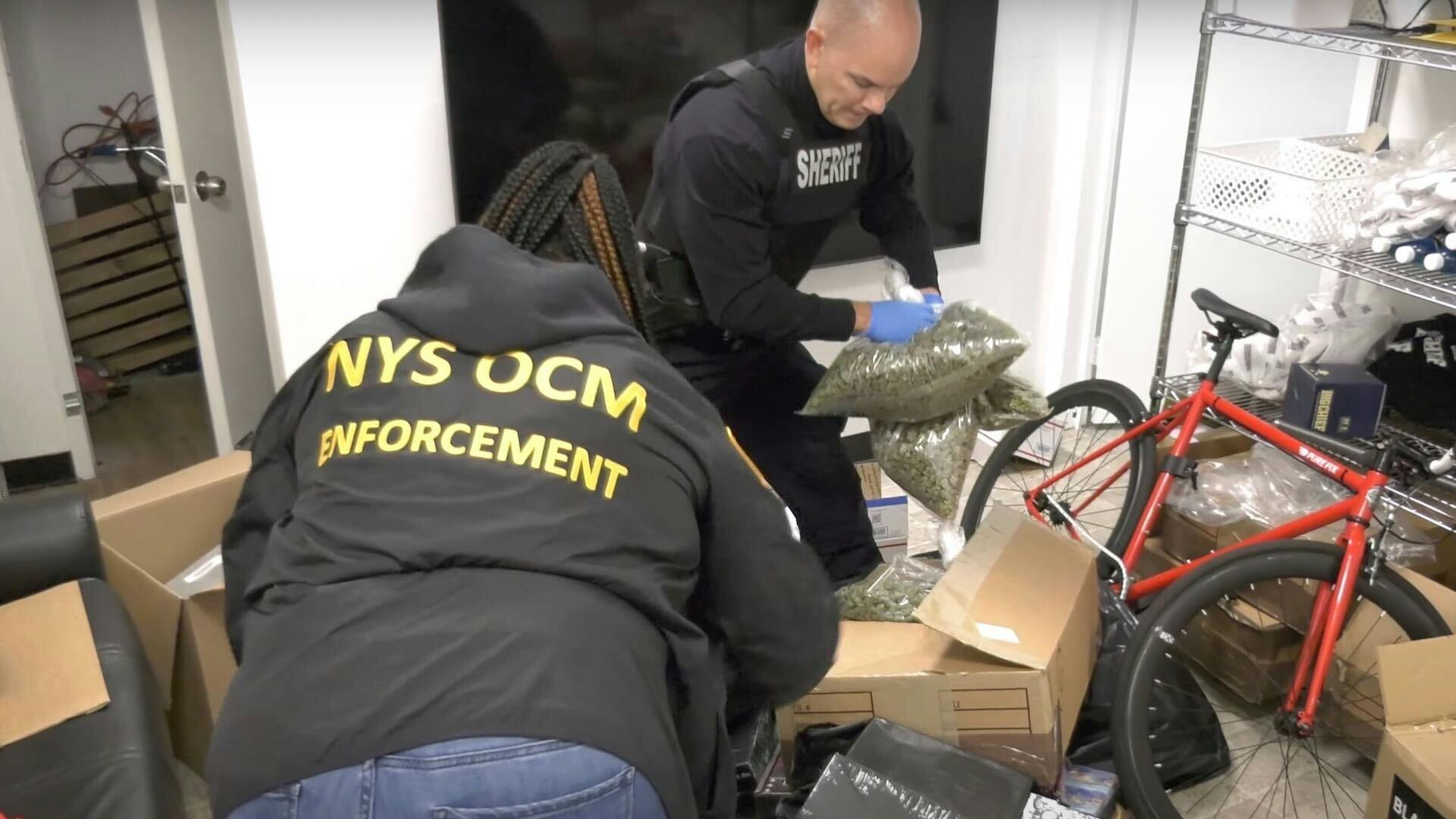Following New York’s legalization of cannabis in 2021, at least 2,900 unlicensed stores reportedly popped up across the state, with over 1,200 in New York City alone. But two years after the first dispensary opened, the adult-use market has begun to hit its stride.
Nearly two years after Housing Works Cannabis Co, the state’s first adult-use dispensary opened, New Yorkers across the state have 252 stores to shop for their cannabis needs. Hand in hand with this expansion, which includes adding over 1,132 licenses across the supply chain this year, city agencies are also cracking down on gray market smoke shops selling cannabis.
Mayor Eric Adams established an inter-agency task force to lead crackdowns before Housing Works opened. Earlier this year, he announced Operation Padlock to Protect to better address the gray market. As of August, over 1,000 of these illicit shops have been shut down and padlocked; task forces have confiscated over $63 million in illegal products.
The Office of Cannabis Management expects to open 50 more dispensaries throughout the state by the end of the year. As of publishing, New York’s cannabis industry has made nearly $700 million in sales.
How did New York’s gray market blossom?
In March 2021, the Marihuana Regulation and Taxation Act (MRTA) legalized possession and consumption of the plant but offered no legal retailers for non-medical consumers to buy from.
The bill essentially opened an 18-month green rush for sellers of all experience levels, including many corner stores and tobacco shops that had no previous experience sourcing or selling cannabis.
Legislators’ vision for the state’s adult-use market included a focus on social equity. The law intended to prioritize dispensary licenses for individuals and their families with prior cannabis convictions. This drew multiplelawsuits against the state’s Office of Cannabis Management (OCM) that halted issuing Conditional Adult-Use Retail Dispensary (CAURD) licenses.
The state has made a clear distinction between these new illicit storefronts and longtime legacy sellers who either stopped operations in hopes of getting a license or continued to operate discreetly without posing as licensed or regulated. But it took a long time to determine responsibilities for crackdowns with both city and state enforcement agencies.
“There was also a delay in licensing CAURD applicants,” says Richard Washington, who serves on the New York State Bar Association’s Cannabis Committee. “And I think when CAURD applicants received their license, the lack of capital in order to get fully operational made it even more difficult.”
Shop highly rated dispensaries near you
Showing you dispensaries nearHow officials address the gray market

Licensed cultivators or processors can only sell their wares to licensed dispensaries, so sourcing product for illegal stores gets murky. Because they aren’t beholden to state regulations, illegal operators have less incentive to test their products. A 2022 study tested products acquired from dozens of illicit stores and found that nearly half contained levels of E. coli, salmonella and heavy metals.
This year, both Mayor Eric Adams and Gov. Kathy Hochul unveiled new operations to crack down on illicit stores for the city and state.
In August, Adams held a press conference announcing that his initiative, “Operation Padlock to Protect,” had closed over 1,000 storefronts and seized over $60 million worth of illegal product.







